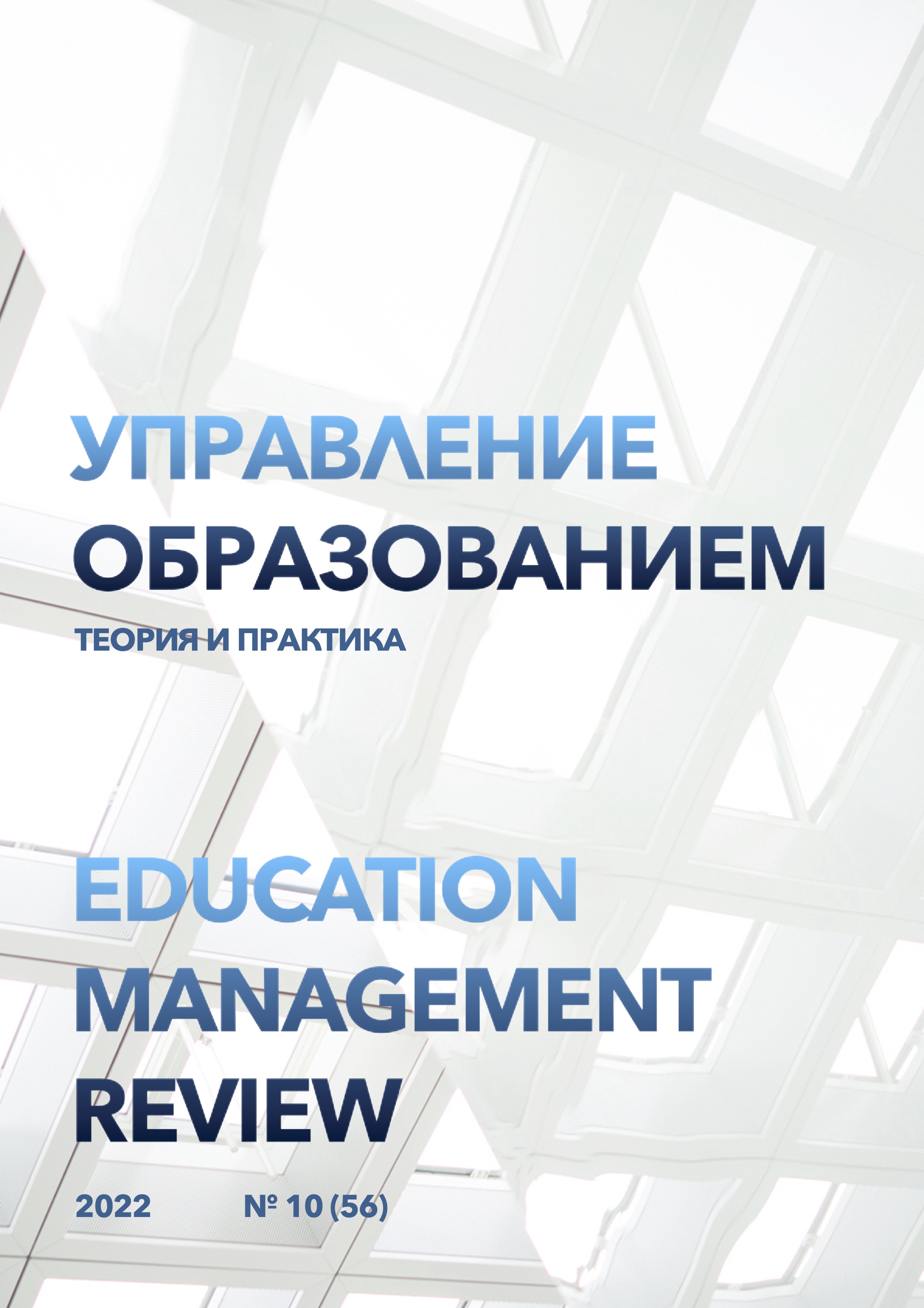Ways to overcome interlanguage interference in the process of learning a foreign language
DOI:
https://doi.org/10.25726/w9347-3598-9328-sKeywords:
interference, phonetic interference, linguistic and cultural interference, foreign language, mutual influence of languagesAbstract
The effectiveness of the process of modernizing modern education is impossible without fluency in foreign languages. Considering the increasing role of English as a means of intercultural communication, an important tool in the process of professional training of a student, prerequisites for international cooperation, internationalization of education, academic mobility, the issue of overcoming interlanguage interference is becoming increasingly relevant, the solution of which has significantly complicated the context of modern global problems (quarantine restrictions, martial law, implementation of distance and mixed learning formats, psychological factors and barriers). The authors note that overcoming linguistic and cultural interference requires an integrated approach, since it includes not only linguistic, but also extralinguistic factors of the speech environment, conditions for communication with native speakers, etc., which, in fact, are the causative agent of interference. The most common techniques include the inclusion of a cultural component in the educational process with visualization and explanation of realities (demonstration of films, interesting situations, videos, engaging thematic podcasts, etc.). Comparative analysis of phenomena in native and foreign languages will also be an auxiliary tool, which will make the process of mastering the material more effective (interlanguage oppositions, translation, interlanguage exercises based on the principle of contrast, etc.).
References
Beardsmore, H.B. (1982). Bilingualism: Basic Principles. Avon, England: Tieto.
Blum-Kulka, S. & Levenston, E.A. (1983). Universals of lexical simplification. In C.Faerch, & G.Kasper (Eds.), Strategies in Interlanguage Communication (pp. 119-139). London: Longman.
Ellis, R. (1984). Classroom Second Language Development. Oxford: Pergamon Press.
Goebl, H. & Nelde, P.H. (Eds.). (1996 / 1997). Contact Linguistics I & II. Berlin – New York: Walter De Gruyter.
Haugen, E. (1957). Language Contact. In Reports for the Eighth International Congress of Linguists (pp. 253 – 261). Oslo: Oslo University Press.
Hoffman, C. (1991). An Introduction to Bilingualism. London: Longman.
Lott, D. (1983). Analysing and counteracting interference errors. ELT Journal, 37 (3), 256-261.
Thomason, S.G. (2001). Language Contact. Washington, D.C.: Georgetown University Press.
Weinreich, U. (1953). Languages in Contact. Findings and Problems. New York, NY: Linguistic Circle of New York.




